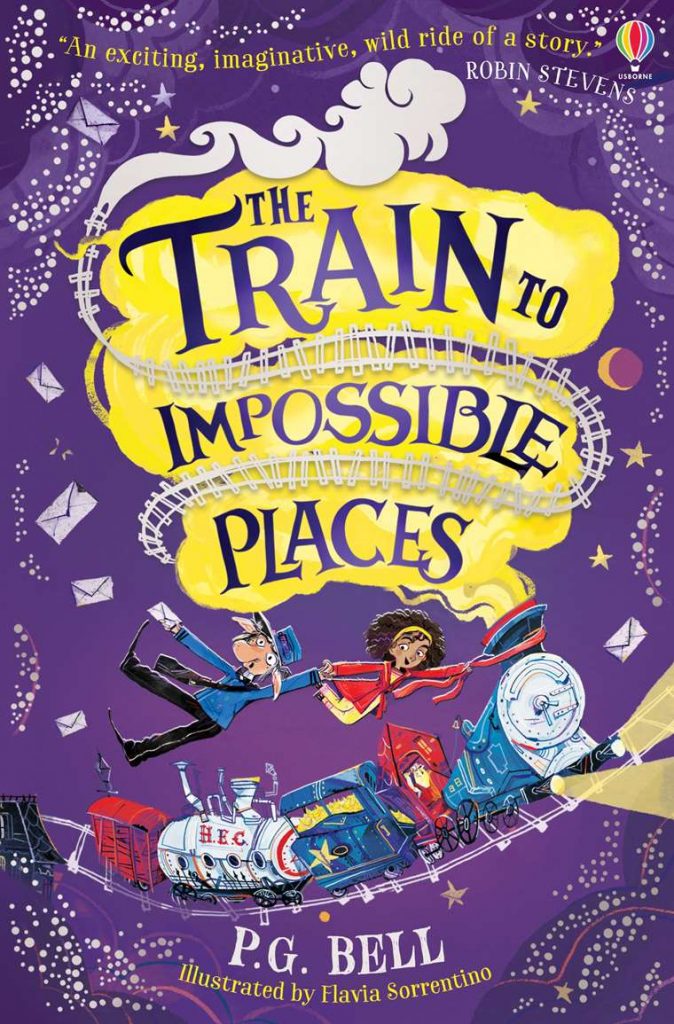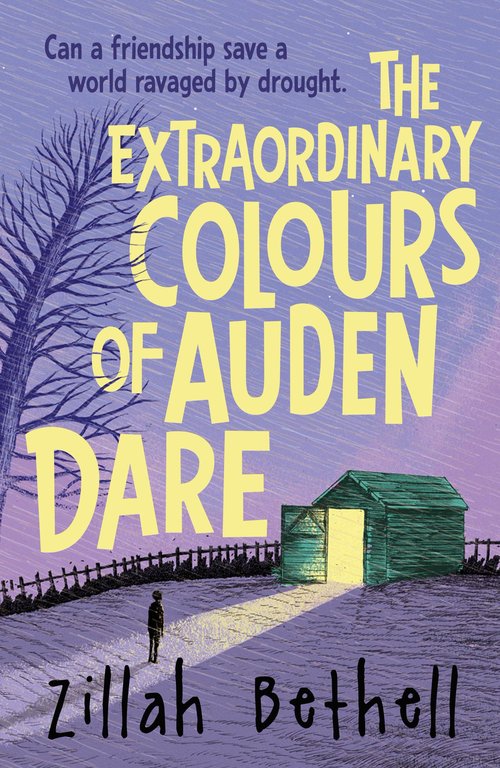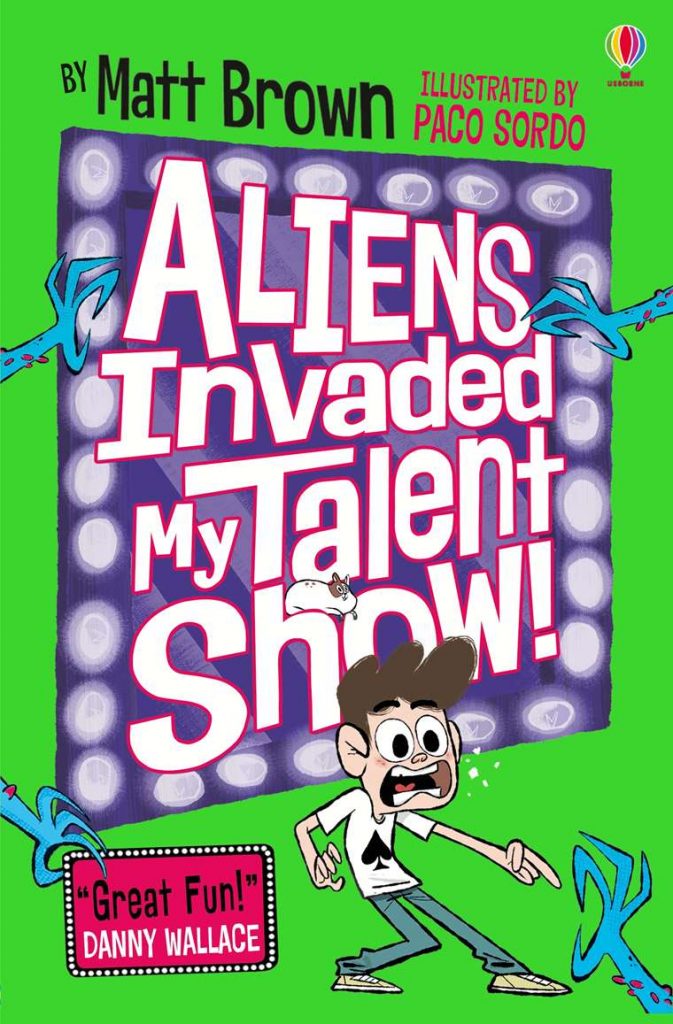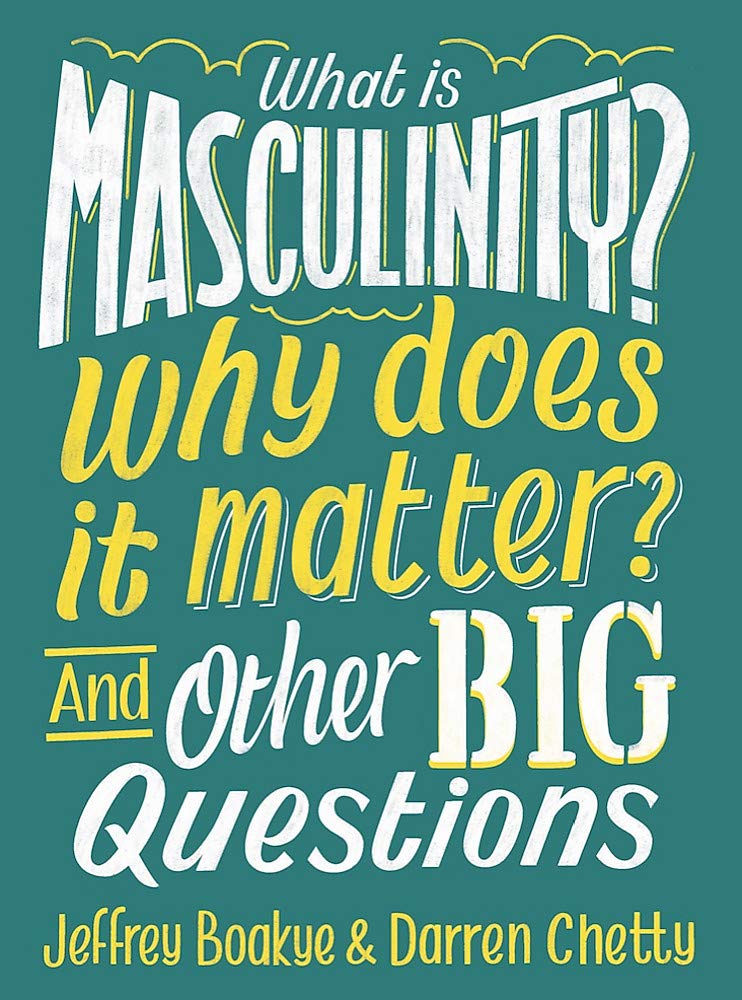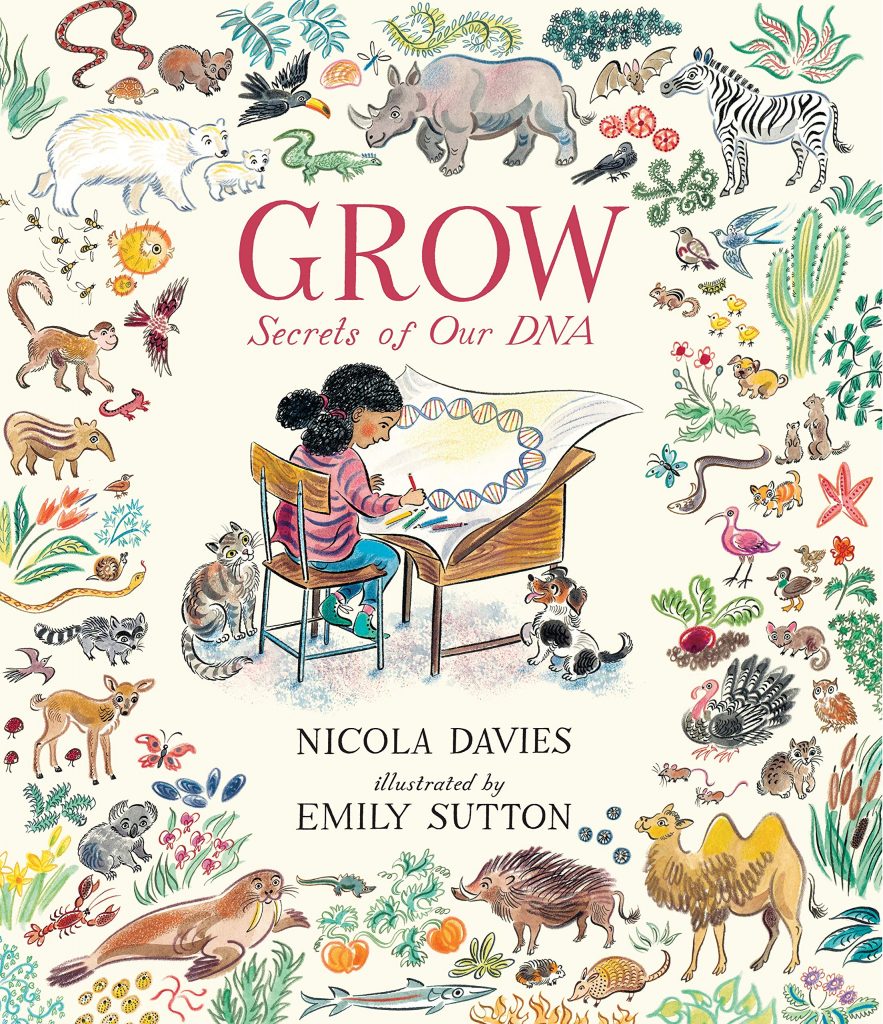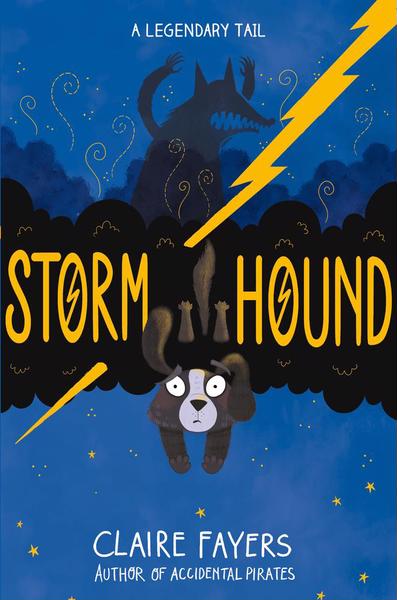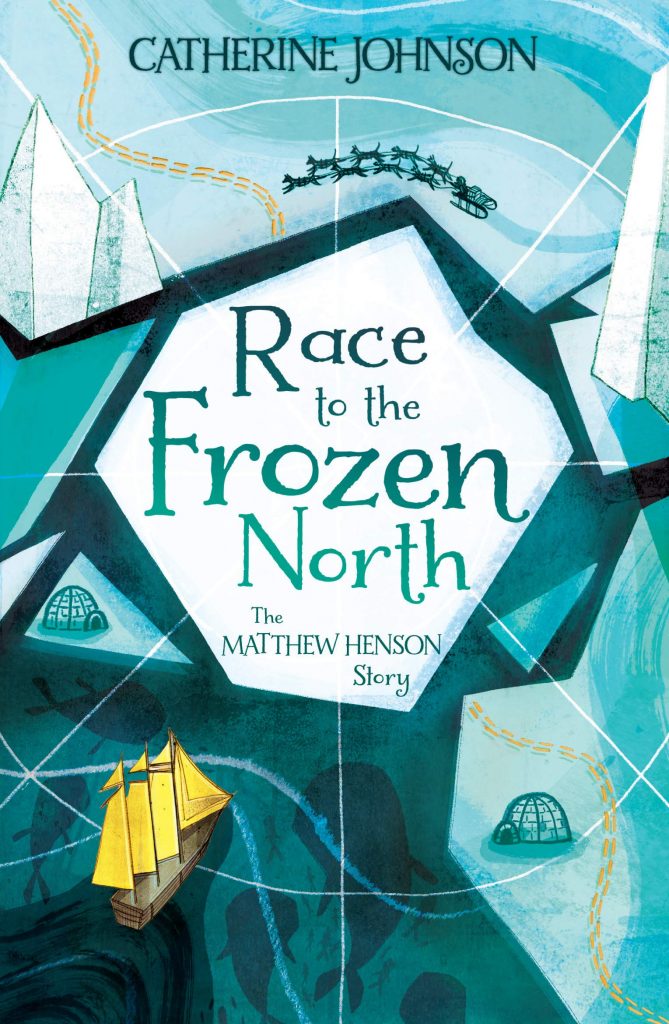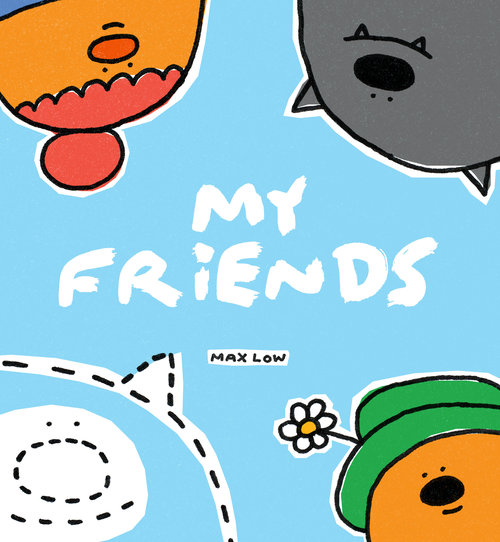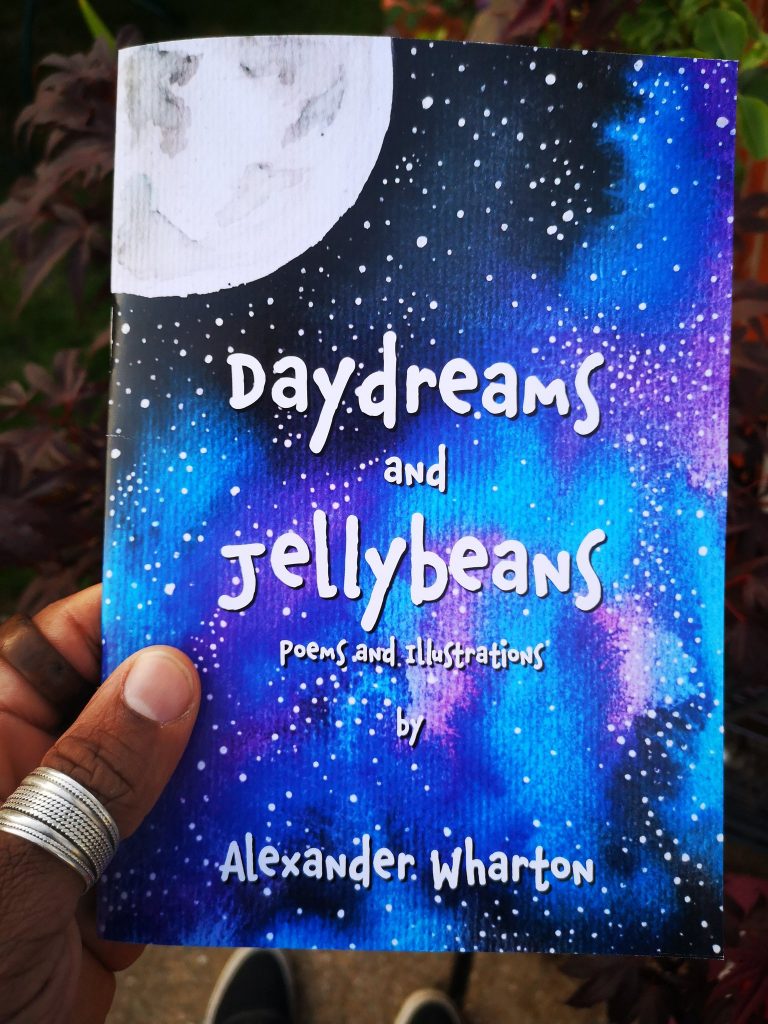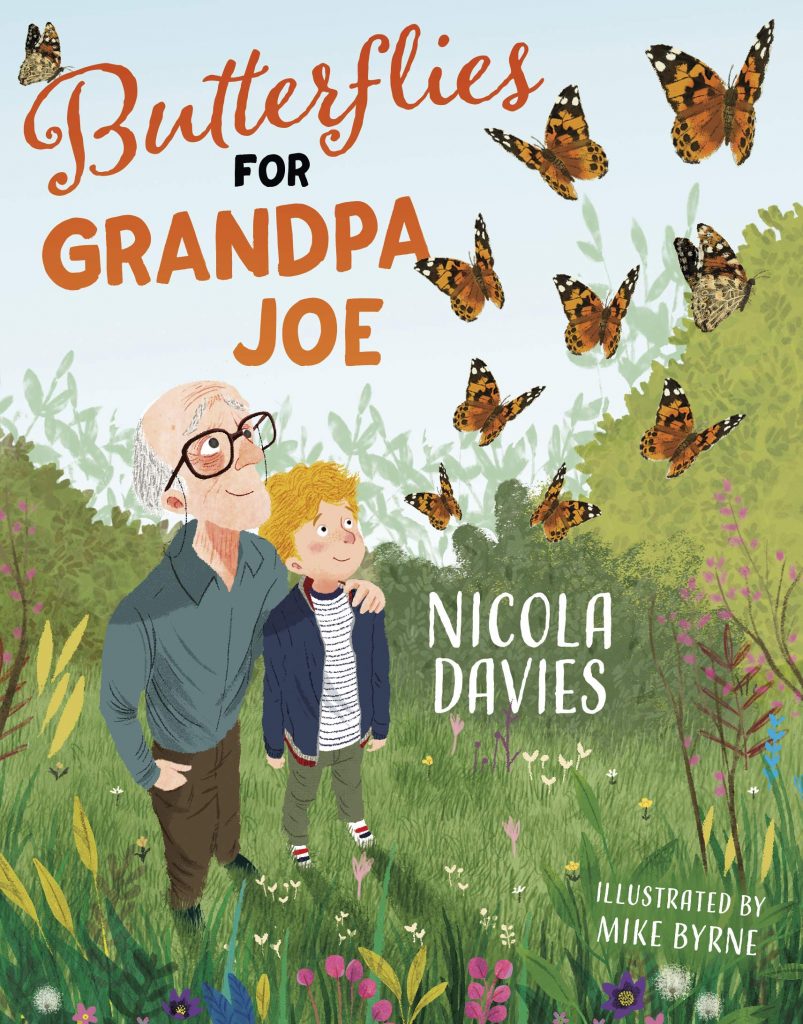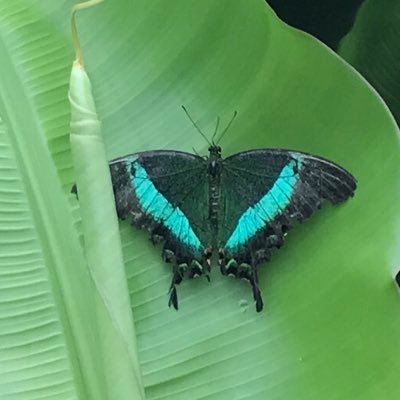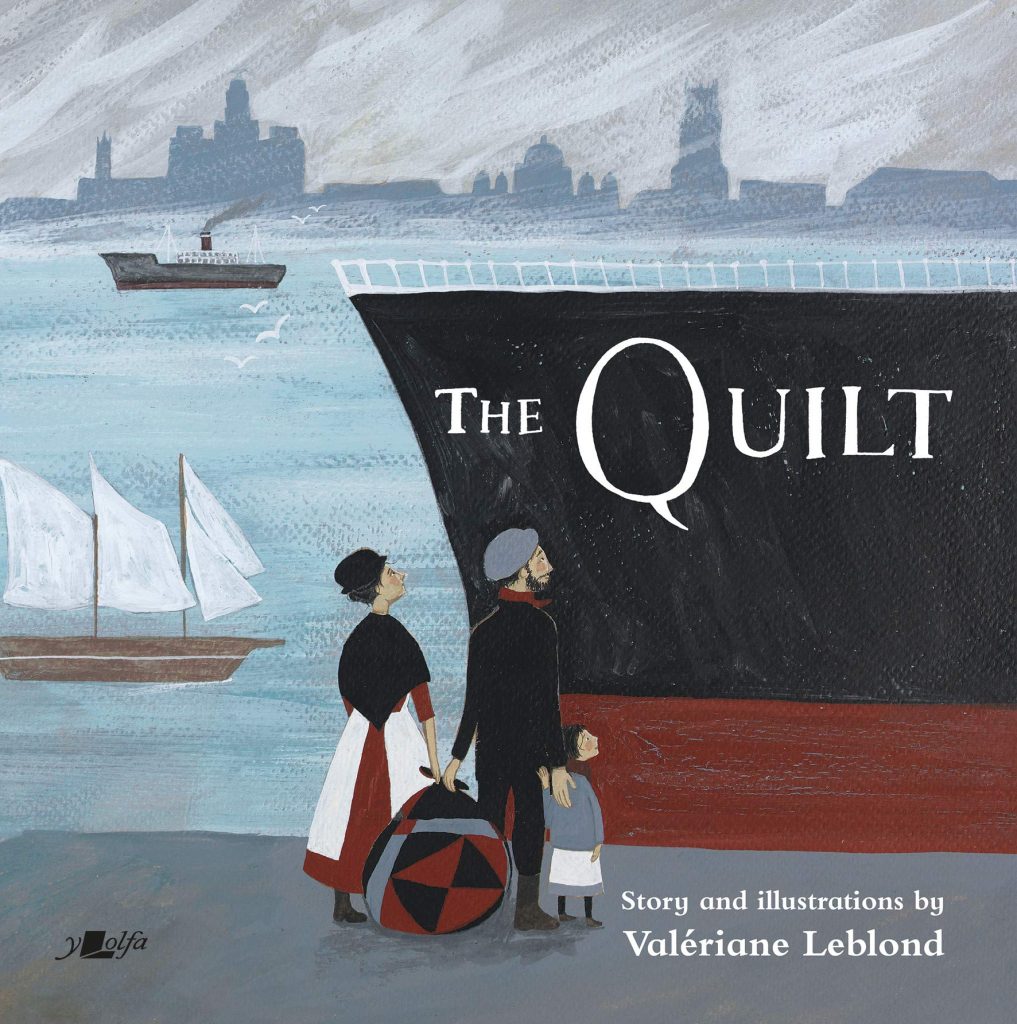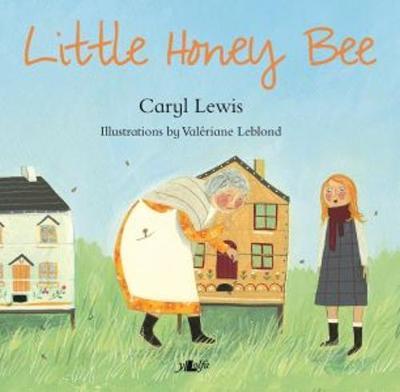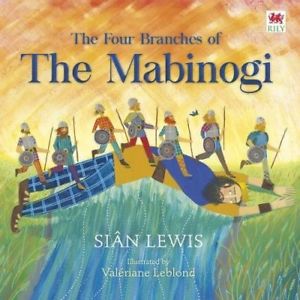Earlier this week, a crowdfunding campaign was launched to finance a new version of The Mabinogion for young people. These are the earliest prose stories of Britain and have been hugely influential on storytelling across Europe. With contributions from 11 acclaimed Welsh writers for children, the new book promises to be an epic retelling for a new generation. Each tale will be written in English then translated into Welsh by Bethan Gwanas and will feature glorious illustrations from the incredible Max Low.
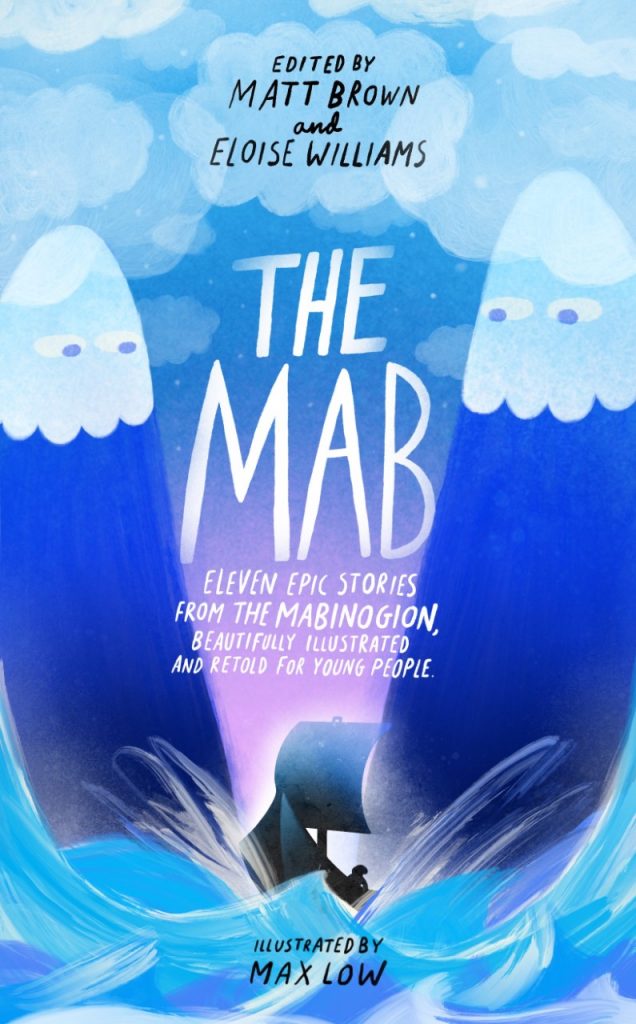
The book is being put together and edited by Children’s Laureate Wales, Eloise Williams and Matt Brown who will also contribute a story each. Matt posted this video to explain more about The Mab.
The book, which is not yet a reality, is seeking publication through Unbound, a crowdfunding publisher. Readers choose a reward – everything from a signed copy of the book to author virtual visits – pledge their money, and wait for the project to be 100% funded.
At Family Bookworms we are giving this project our full support and backing and would encourage you all to visit the unbound website to donate if you can. As one of our worms says:
“The Mabinogion is part of our cultural heritage and to have these amazing contemporary authors, representative of the very best in children’s writing from Wales, is a real coup. It promises to be an essential and important volume for a new generation.”
Simon Fisher, Family Bookworms
Eloise Williams, Children’s Laureate Wales and author of 4 novels set in Wales, told us, “As far as we know, there isn’t another collection like it! We have so many amazing people working on the project and we are so excited to bring the stories to everyone.”
So let’s take a look at the amazing cast of contributors and hear directly about their involvement, their excitement and their motivations…
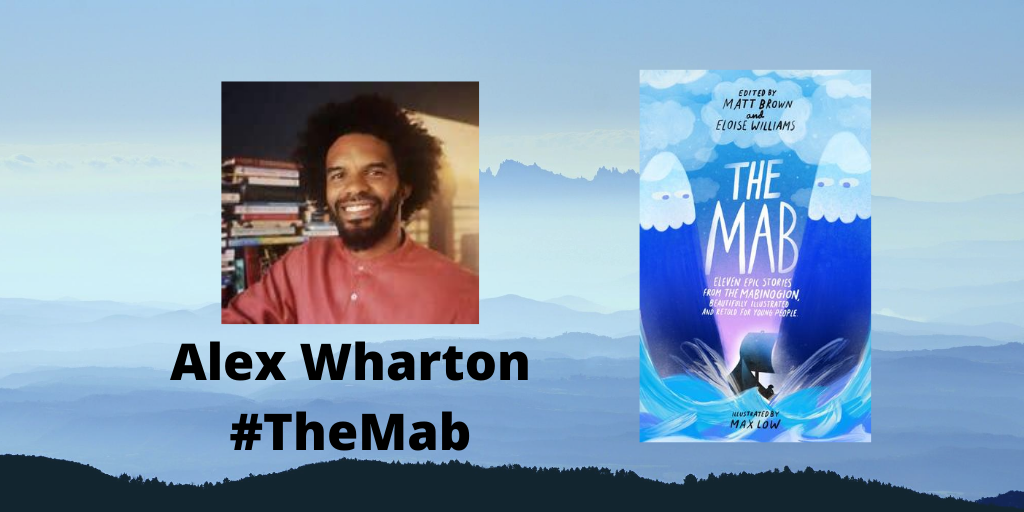
I am overjoyed to be collaborating on this magical project with a group of writers that are inspirational, artful and delicate in their gathering of words. As a poet, this opportunity opens up the page and offers me space to dreaming, space to unravel, unfold and stretch my ideas – and I’ll be listening to the whispers, to the mutterings of the old tales.
Alex wharton

I am delighted to have been invited to contribute to this project, especially as I have moved to Pembrokeshire where so much of the action of the Mabinogion takes place. The stories are so strange, like something translated with a slightly dodgy Rosetta stone; but what I love about them is the echos they carry of a long lost world where wolves howled on the Welsh hills and the landscape was populated not with humans but with wild species in abundance. Immersing myself in that world with its priorities so very different from our own, is going to be a deep pleasure.
nicola davies

I remember my primary school teacher reading the Mabinogion to us in class. The Owl Service (inspired by the story of Gronw and Blodeuwedd) was one of my favourite books growing up. I rediscovered my love for these tireless tales in adulthood, so much so I gifted my son with the middle name Lleu. I am honoured and excited to work on this project and weave myself even more closely to the legacy of these fascinating stories.
Hanan issa
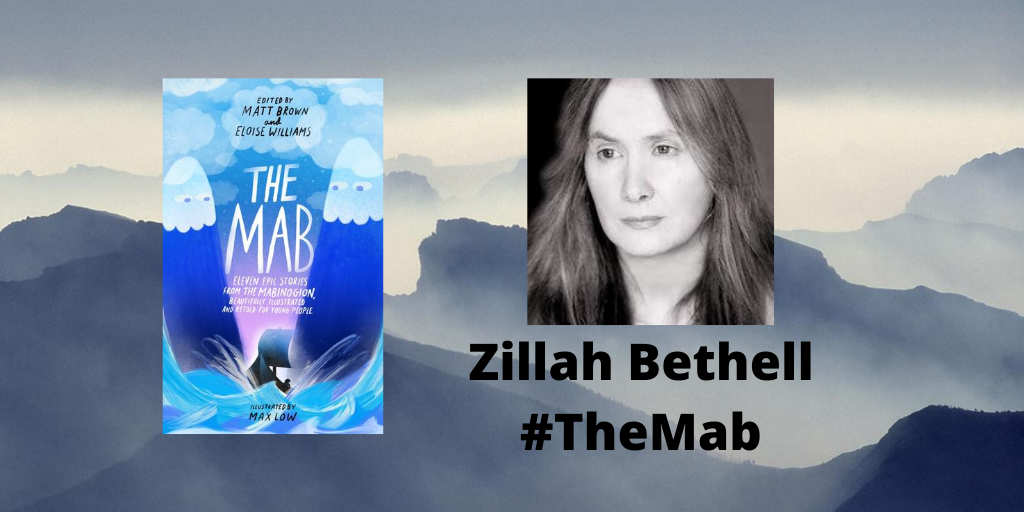
We dream in myths and they in us. They are a society’s safety valve. All our taboos, our deepest fears and desires are played out through the symbolic language of myth and thereby rendered to some extent harmless.
zillah bethell
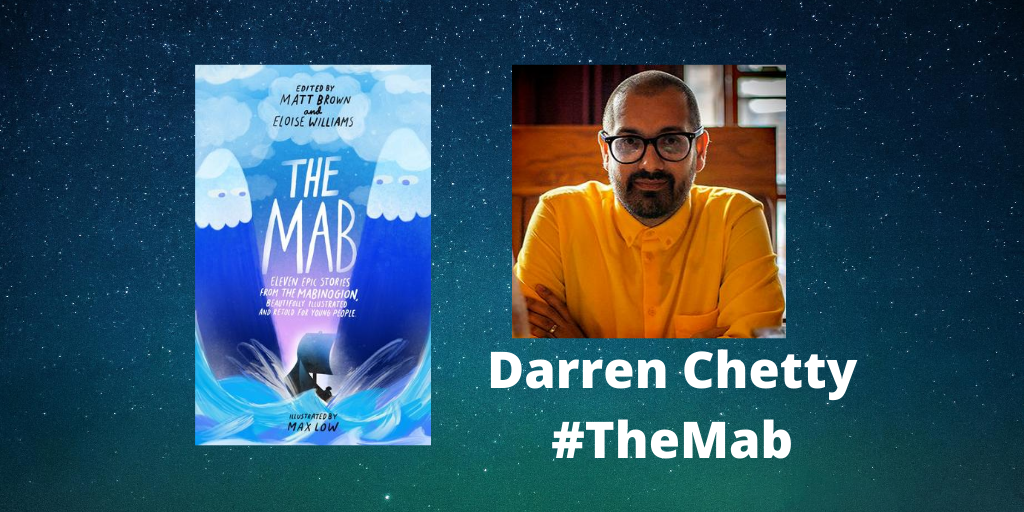
I’m relishing the opportunity to work on these historic stories with such a fantastic group of writers. Eloise has been doing wonderful things as Children’s Laureate Wales – so I was delighted when she asked me to be part of this.
darren chetty
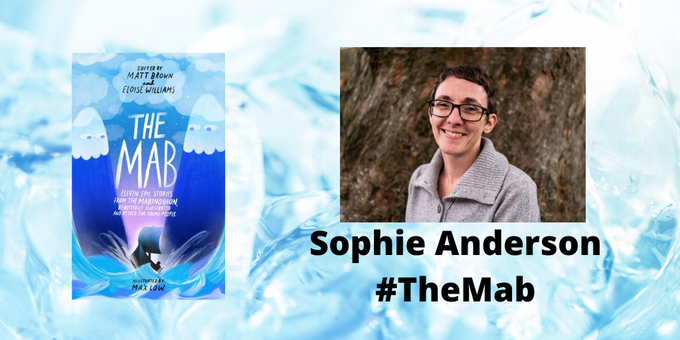
My mother used to tell my brothers and I all kinds of stories when we were young, but the stories from the Mabinogion always felt extra special, because we knew they were stories from Wales, our home. To be invited to be part of this wonderful project is honestly a dream come true. I believe it is hugely important to preserve the stories from the past, because they are full of wisdom and magic and adventures that speak to our souls. But to preserve these tales, we need to keep retelling them in ways that ignite the interest of readers today. The talent and passion of the creatives working on this project is going to make this a very special book that I know will be treasured by generations of readers to come.
sophie anderson
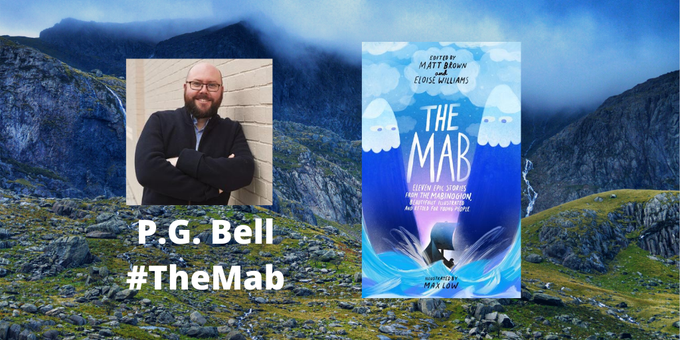
I didn’t discover the stories from the Mabinogion until embarrassingly late in life, despite having grown up a stone’s throw from Caerleon, where Arthur holds court in many of the tales. For whatever reason, the Mabinogion just didn’t seem to feature in my cultural landscape at the time. That’s why I’m so happy to be part of this fantastic group of artists that Eloise and Matt have assembled. I can’t wait to help share all the magic and strangeness, the adventure and humour with a new generation of readers across Wales and beyond.
P g bell

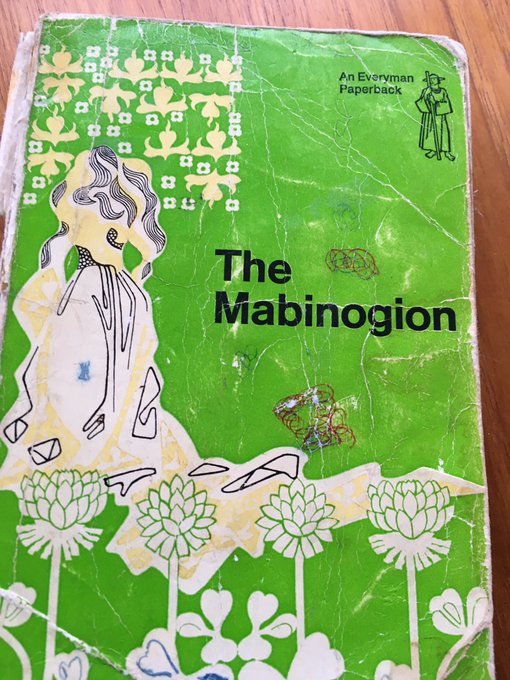
This is my copy of The Mab from around 1976, maybe earlier. It’s got Olwen on the cover and it’s so floppy and old (although not as much as me) it’s losing pages. I loved it: Welshness was an important part of my identity growing up in London and this book with its weird weighty words is hardwired into my heart. I always always wanted to write something that used the bones of these stories and this is a brilliant brilliant opportunity.
catherine johnson
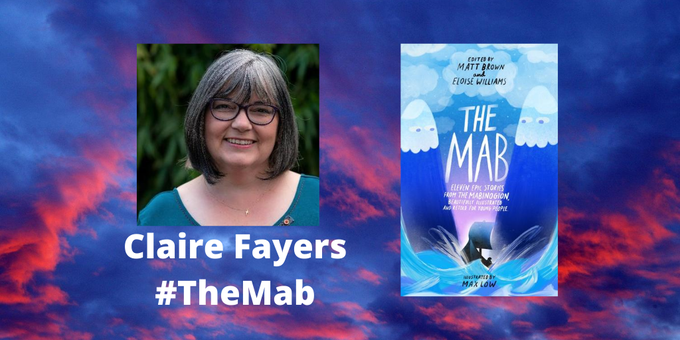
I’ve spent the past year immersed in Welsh folklore for my own books, so I’m tremendously excited to be a part of this project. What I love most about these ancient tales are the gaps – events that are never properly explained, threads of stories that are left dangling. It’s like seeing a landscape through mist, and it gives tremendous scope to interpret and reimagine. The stories of the Mabinogi explore everything that’s human, from family and friendship to cruelty and murder. Best of all is the sense that the Otherworld of magic is never far away. I’m looking forward to seeing these stories brought to life in a new way for today’s readers.
claire fayers
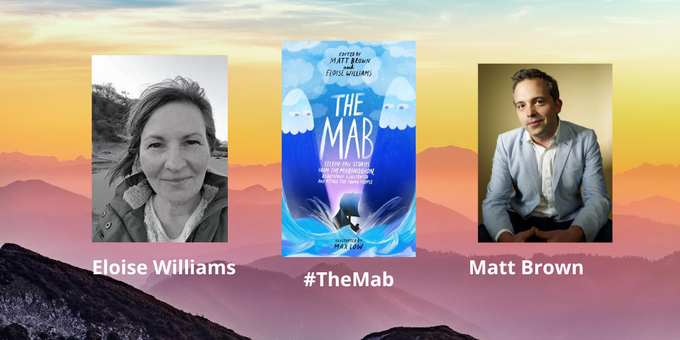
These stories are part of our heritage and should be in every classroom and every home. By crowdfunding the book we’re making it part of everyone who helps get it made.
matt brown
The Mab is an amazing new book retelling all 11 stories for young people. They are the oldest British stories and #TheMab will help new generations of children fall in love with them. But we need your help – please visit the Unbound page to pledge your support.
eloise williams
The Mab will feature illustrations by Max Low.
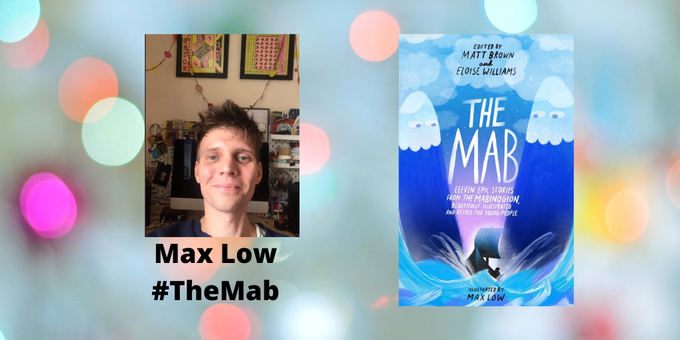
I’m really chuffed to be illustrating this wicked update to the legendary Welsh tales from The Mabinogion.
max low
It’s been a real pleasure to be involved in #TheMab launch. Please head over to Unbound to donate if you can. We’ll be keeping a close eye on the funding target over the coming months.
Thanks to all the authors and illustrator for giving us some exclusive content. While we wait for The Mab, and if you have any money left after donating on Unbound, you can head over to your local bookshop and buy a book by one of the contributors. Here’s our recommendations*:
*Firefly Press will publish Daydreams and Jellybeans by Alex Wharton in Spring 2021.
**Images on this page (the author profiles) were made by EW Graphic Designs and are not to be reproduced without permission.

